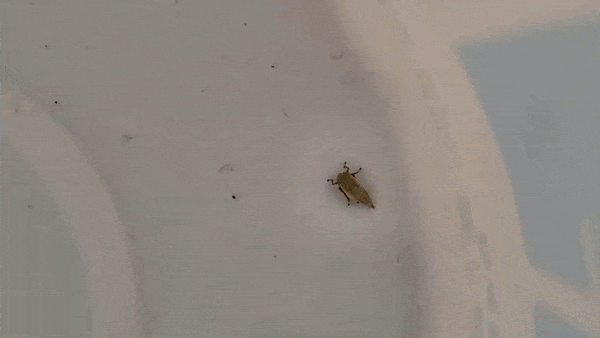Hello folks who wonder if bookmarking a tab in your browser is like throwing a thing you believe you will use in the future in your attic,
Who doesn't like jumping things?
Kids love to play with their pogo sticks, pets love their fleas and spider lovers love their jumping spiders. But among all this cacophony, people miss out on an incredible group of insects called leafhoppers.
Leafhoppers as their name implies are found on leaves and hop when you get too close to take a picture.
At first you might think leafhoppers hop on leaves and grasshoppers hop on grasses. That is a cute conclusion, but there is more than meets the eye. You see, in the world of nerds, insects are classified into different orders based on their mouth parts.
Grasshoppers have chewing and biting mouthparts that they use to eat plants. Think of them as pretentious hipsters who subsist by just chomping salads.
Leafhoppers on the other hand said, "I only drink smoothies". Hence, they leverage their piercing mouthparts to suck plant fluids, which is the only thing it can survive on.
If you ever look at a leafhopper from above, you might first just notice 2 pairs of legs which should automatically disqualify it from the insect club. (Every wannabe insect needs to have 3 pair of legs; else their club membership is automatically terminated)
So, what is happening here is that the hindlegs are positioned beneath the body, ready to allow it to jump when someone without a triple face mask (Hey, don't judge!) comes closer than 6 feet.
Now these piercing mouthparts are not a one-way street. There is one channel in the mouthpart to inject digestive enzymes into their food and the other channel to slurp it up.







No comments:
Post a Comment
Did you learn something new in this post? Let us know in the comments below